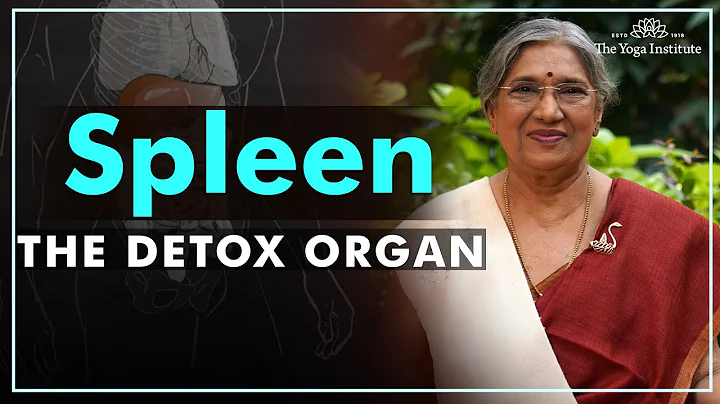
zinc alloy die castings are low in material cost, and by die-casting, they can be made in one step by forming parts with small tolerances and complex shapes, with high production efficiency and low processing costs. At the same time, zinc is widely distributed in nature and has a large storage capacity. Therefore, it is widely used in the industry, especially structural and decorative parts with low stress and complex shapes made of copper, copper alloy and steel materials, zinc alloy die castings are widely used. During the surface treatment of zinc alloy die castings, removing the oxide layer on the surface of zinc alloy die casting requires pickling or alkaline washing. The by-product of pickling or alkaline washing is a loose black gray layer adhered to the surface of zinc alloy die castings. It is difficult to remove it and will affect the subsequent surface treatment, such as reducing the bonding of the passivation film or electroplating film with zinc alloy and the density of the passivation film or electroplating film. In the large-scale industrial production of
, the ash remover used to remove the black ash layer of zinc alloy die castings with loose surface after pickling and alkali washing is generally an acidic ash remover. It mainly uses highly corrosive acids, such as nitric acid , sulfuric acid, hydrofluoric acid , etc. In order to increase the ash removal effect, for example, in order to increase the corrosiveness, some will add chromium anhydride and hydrogen peroxide; for example, in order to increase the cleaning effect, some will add surfactants.
discloses some production formulas for ash removal agents. In the author's opinion, it is quite effective, especially the third type can indeed solve some problems! For reference!
1, an aluminum ash remover, its components are: sulfamic acid , chromic anhydride, surfactant, etc.;
2, an environmentally friendly ash remover, which is composed of the following ingredients: sulfuric acid, hydrogen peroxide, surfactant and polycarboxylic acid compounds;
3, an environmentally friendly high-efficiency steel ash remover, made of the following raw materials: phosphate , organic amine ester TPP, organic acid sodium salt, EDTA disodium , nonionic surfactants and anionic surfactants, etc.;
4, a whitening and ash removal agent, including various components: diethylene triamine, triethylenetetramine, hydroxyethylidene phosphonic acid , per potassium sulfate , ammonium persulfate , hydrogen peroxide and surfactants; etc. It can be seen that industrial ash removers are often limited to acidic ash removers. The technology is too mature and there is little room for improvement, which makes the development of ash removers gradually fall into a bottleneck.
focuses on metal surface treatment technology. If you need related technology, you can leave a message











